Category: The Good
-
Isaac Asimov’s Thiotimoline
Thiotimoline is a fictitious chemical compound conceived by American biochemist and science fiction author Isaac Asimov. Isaac Asimov (1920 – 1992) was an American writer and professor of biochemistry at Boston University. During his lifetime, Asimov was considered one of the “Big Three” science fiction writers, along with Robert A. Heinlein and Arthur C. Clarke. A prolific writer, he wrote or edited more than 500 books. He also wrote an estimated 90,000…
-
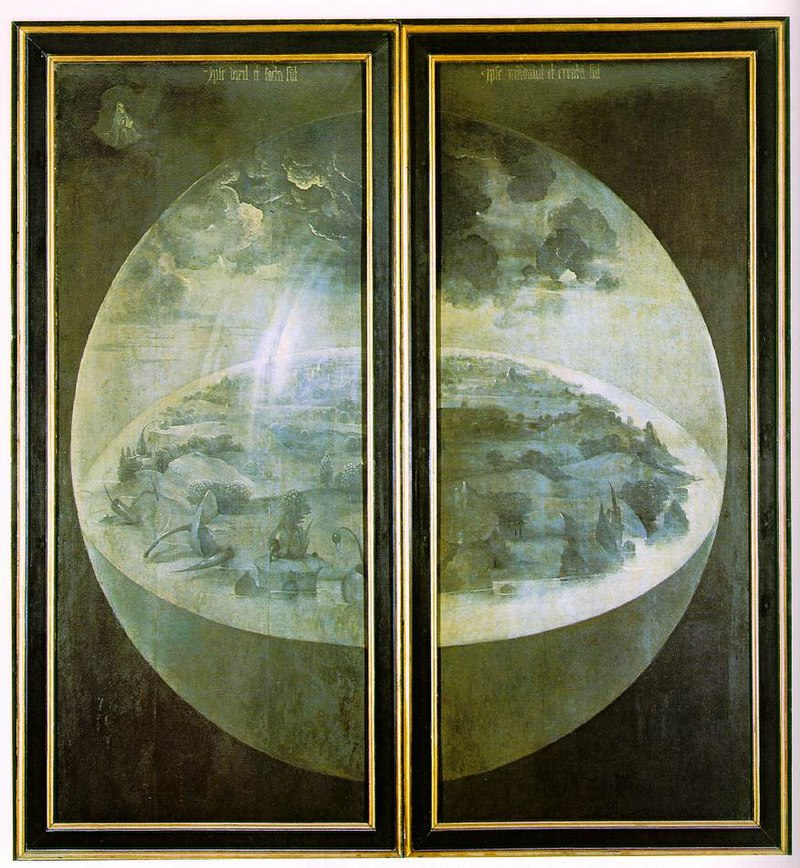
The Garden of Earthly Delights, Hieronymus Bosch
The Garden of Earthly Delights is the modern title[a] given to a triptych oil painting on oak panel painted by the Early Netherlandish master Hieronymus Bosch, between 1490 and 1510, when Bosch was between 40 and 60 years old. It has been housed in the Museo del Prado in Madrid, Spain since 1939. Bosch painted three large triptychs (the others are The Last Judgment of c. 1482 and The Haywain Triptych of c. 1516) that can be read…
-
The Goldfinch in art
The goldfinch is a widespread and common seed-eating bird in Europe, North Africa, and western and central Asia. As a colourful species with a pleasant twittering song, and an associated belief that it brought health and good fortune, it had been domesticated for at least 2,000 years. Pliny recorded that it could be taught to do tricks, and in the…
-
Goldfinch in art
The bird that repeatedly, almost obsessively, turns up in Renaissance religious painting is the European Goldfinch Carduelis carduelis, almost always in the hands of the Infant Jesus, and symbolising variously the soul, resurrection, sacrifice and death, but with a particular further dimension of meaning, following the plagues of the fourteenth century, as an augur (and hence…
-

Thistle tubes, thistle feeders, distelfinks and goldfinches
A thistle tube is a piece of laboratory glassware consisting of a shaft of tube, with a reservoir and funnel-like section at the top. Thistle tubes are typically used by chemists to add liquid to an existing system or apparatus. Thistle funnels are used to add small volumes of liquids to an exact position. Thistle funnels are found with or without taps. Since they’re…
-
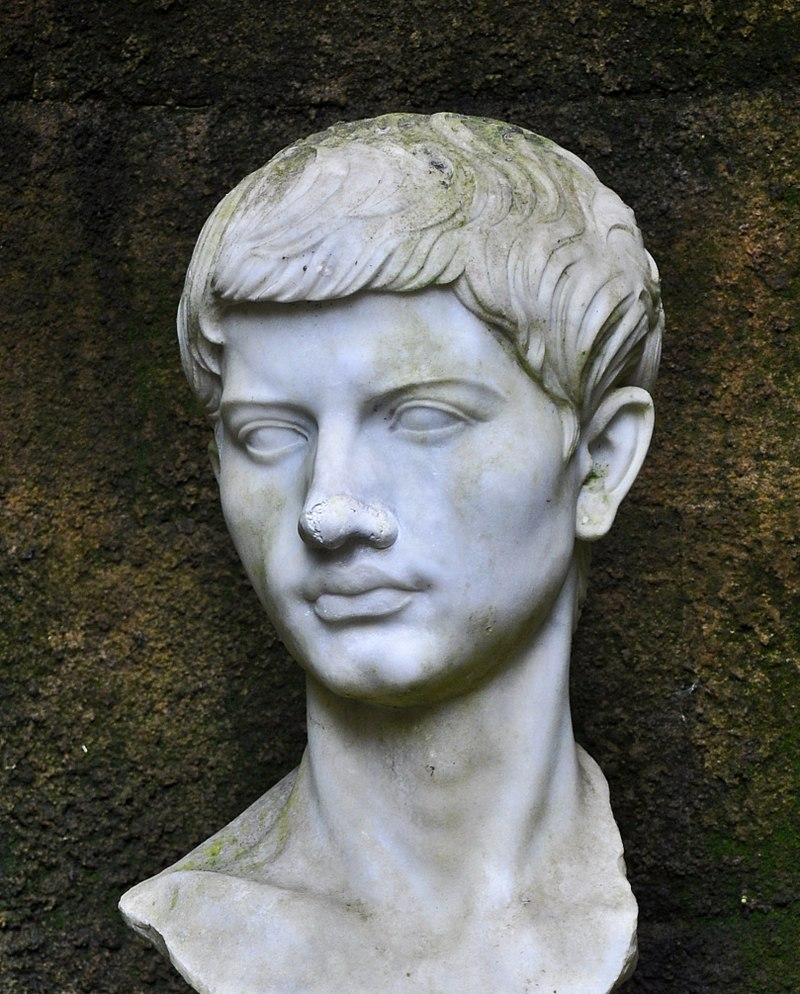
Virgil was a sorcerer?
Publius Vergilius Maro (traditional dates 15 October 70 – 21 September 19 BC), usually called Virgil or Vergil in English, was an ancient Roman poet of the Augustan period. He composed three of the most famous poems in Latin literature: the Eclogues (or Bucolics), the Georgics, and the epic Aeneid. A number of minor poems, collected in the Appendix Vergiliana, were attributed to him in ancient times, but modern scholars consider his…
-
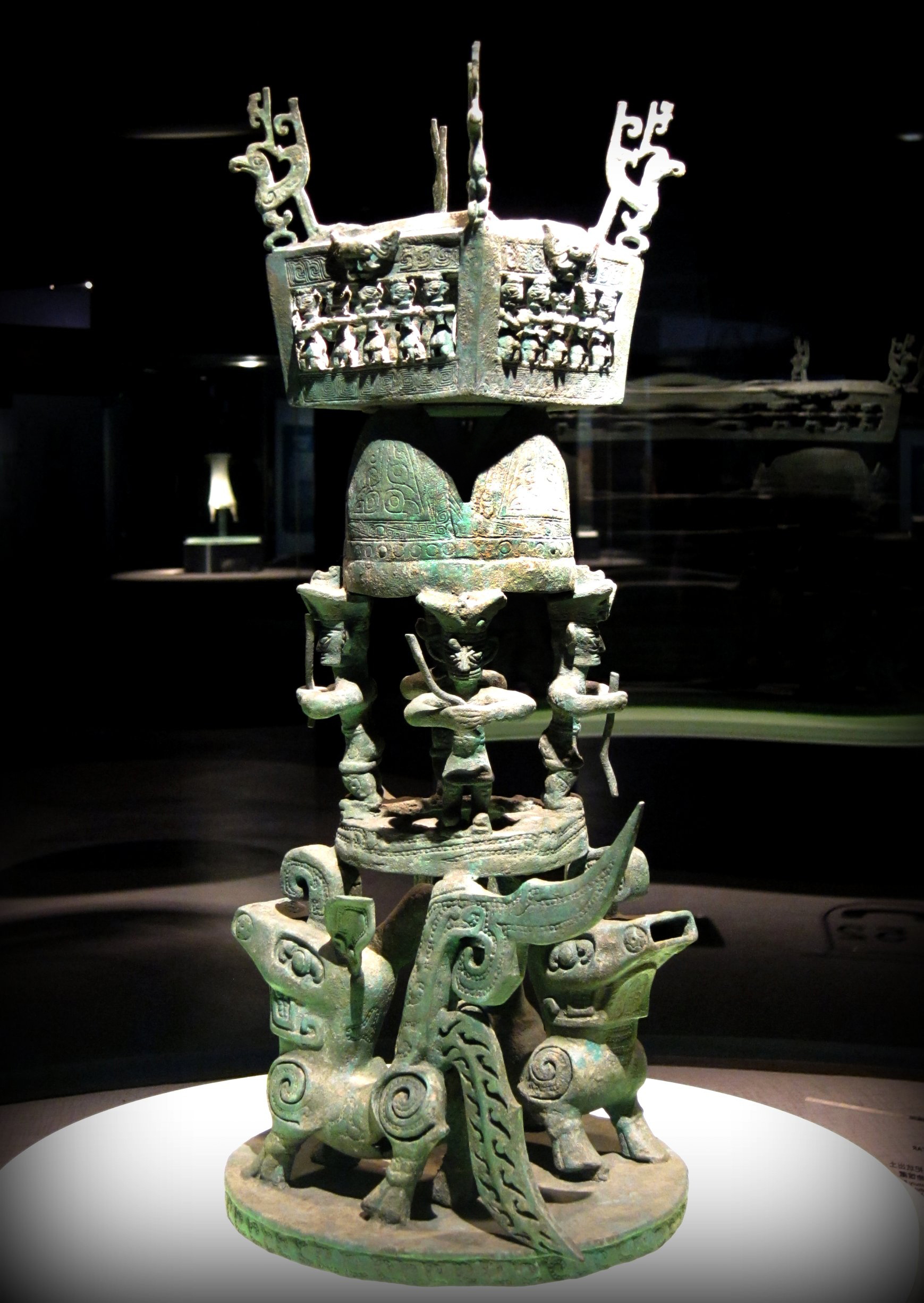
Sanxingdui (‘Three Star Mound’)
Sanxingdui (Chinese: 三星堆; pinyin: Sānxīngduī; lit. ‘Three Star Mound‘) is an archaeological site and a major Bronze Age culture in modern Guanghan, Sichuan, China. Largely discovered in 1986, following a preliminary finding in 1927, archaeologists excavated artifacts that radiocarbon dating placed in the twelfth–eleventh centuries BC. The archaeological site is the type site for the Sanxingdui culture that produced these artifacts, archeologists have identified the locale with the ancient kingdom of Shu. The artifacts are displayed in the Sanxingdui Museum located…
-
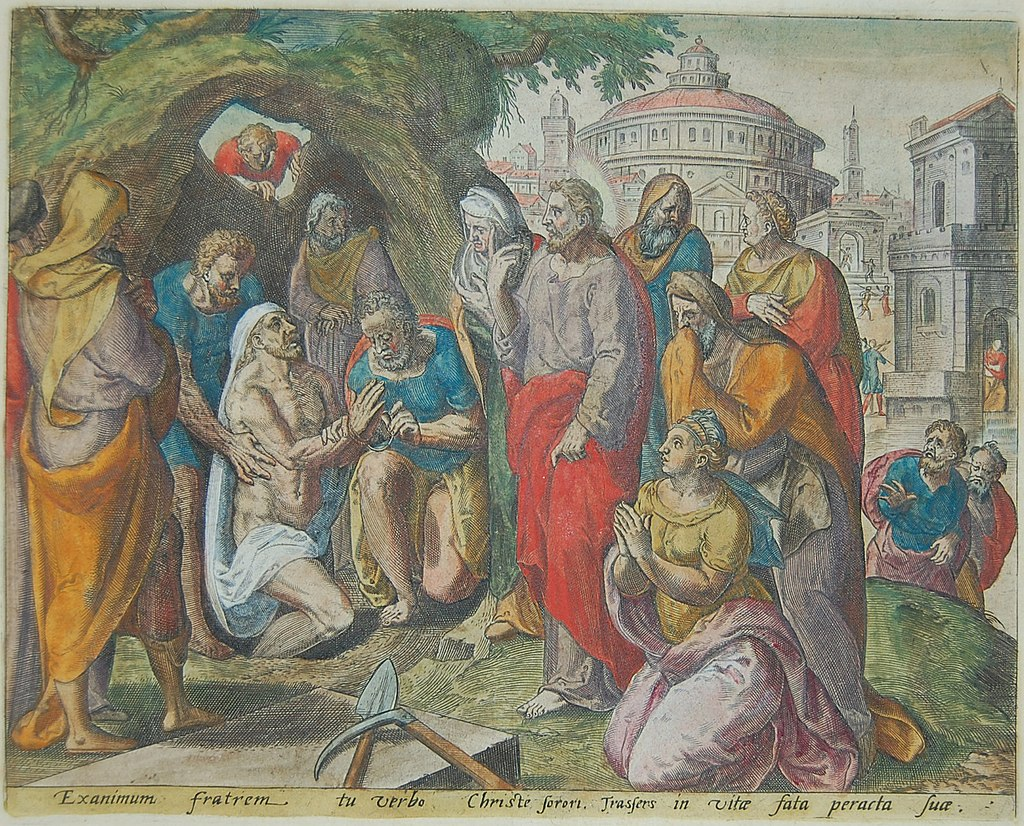
Lazarus of Bethany aka Righteous Lazarus, the Four-Days Dead
Lazarus of Bethany (Latinised from Lazar, ultimately from Hebrew Eleazar, “God helped”), also venerated as Righteous Lazarus, the Four-Days Dead in the Eastern Orthodox Church, is the subject of a sign of Jesus in the Gospel of John, in which Jesus restores him to life four days after his death. The Eastern Orthodox and Catholic traditions offer varying accounts of the later events of his life. In the context of…
-

“Subterraneans” is a song by David Bowie
“Subterraneans” is a song by David Bowie, the closing track of his 1977 album Low. As with most of Side 2, “Subterraneans” is mostly instrumental, with brief, obscure lyrics sung near the song’s end. “Subterraneans” was first recorded in 1975 and intended for the soundtrack to the 1976 film The Man Who Fell to Earth. It was later revisited…
-
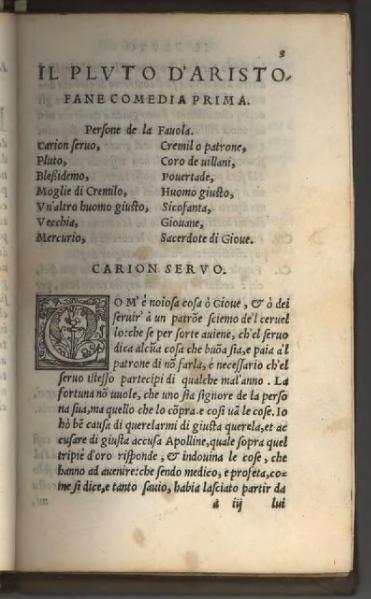
Plutus is an Ancient Greek comedy 388 BCE
Plutus Written by Aristophanes Chorus Rustics Characters ChremylosCario(n)PlutusPeniaHermes Mute mutual Date premiered 388 BCE Original language Ancient Greek Genre Ancient Greek comedyPolitical satire Setting Classical Athens Plutus is an Ancient Greek comedy by the playwright Aristophanes, which was first produced in 388 BCE. A political satire on contemporary Athens, it features the personified god of wealth Plutus. Reflecting the development of Old Comedy towards…
-
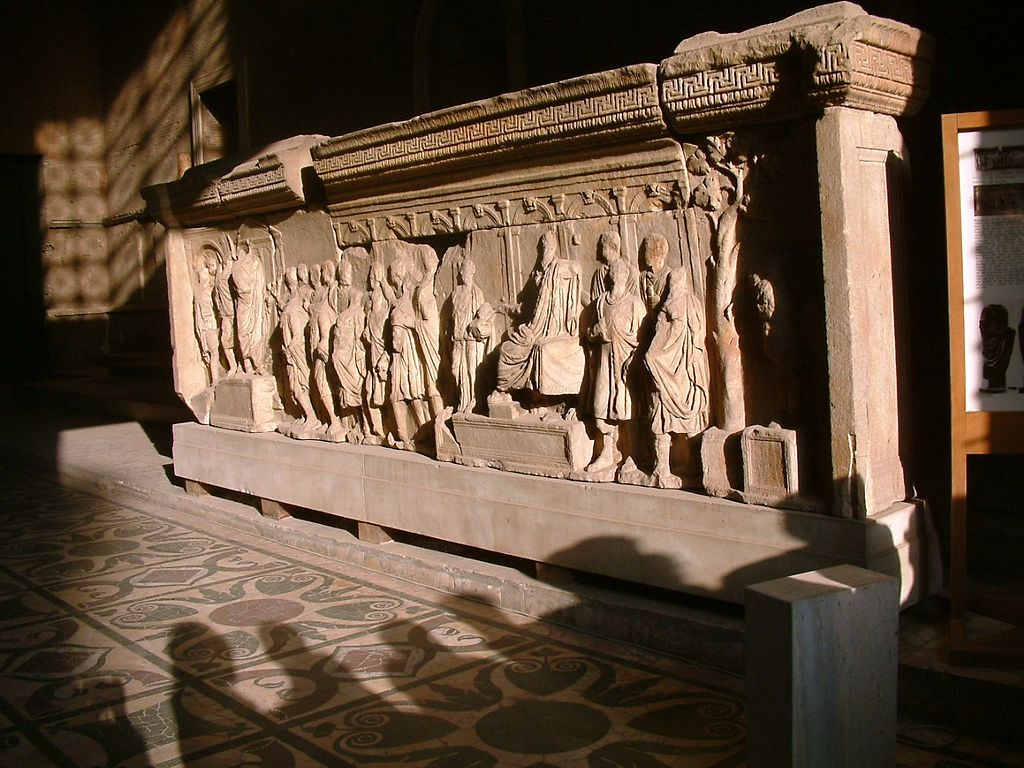
Pluteus (sculpture)
In architecture and sculpture, a pluteus (plural plutei) is a balustrade made up of massive rectangular slabs of wood, stone or metal, which divides part of a building in half; in a church they fulfil the same function as an iconostasis or rood screen, separating the nave from the chancel. They are decorated with frames in relief or richly decorated with figures or geometric…
-

Tiresias was a blind prophet who was transformed into a woman for seven years
In Greek mythology, Tiresias was a blind prophet of Apollo in Thebes, famous for clairvoyance and for being transformed into a woman for seven years. He was the son of the shepherd Everes and the nymph Chariclo. Tiresias participated fully in seven generations in Thebes, beginning as advisor to Cadmus himself. Mythology Eighteen allusions to mythic Tiresias, noted by Luc Brisson, fall into three groups: the first recounts Tiresias’ sex-change episode and later his…
-

Daedalus (Greek mythology)
In Greek mythology, Daedalus (Greek: Δαίδαλος; Latin: Daedalus; Etruscan: Taitale) was a skillful architect and craftsman, seen as a symbol of wisdom, knowledge and power. He is the father of Icarus, the uncle of Perdix, and possibly also the father of Iapyx. Among his most famous creations are the wooden cow for Pasiphaë, the Labyrinth for King Minos of Crete which imprisoned the Minotaur, and wings that he and his son Icarus used…
-

Lagniappe, “a word worth traveling to New Orleans to get”
A lagniappe is “a small gift given to a customer by a merchant at the time of a purchase” (such as a 13th doughnut on purchase of a dozen), or more broadly, “something given or obtained gratuitously or by way of good measure.” It can be used more generally as meaning any extra or unexpected benefit. The word…
-

Car of History chariot clock features a life size statue of Clio, the muse of history
A chariot clock is a type of mantel/table figural clock in the form of a chariot whose dial is set into the wheel or elsewhere, its origins date back to the second half of the 16th century southern Germany. Normally of classical mythology subject matter, it has been made in different periods and styles such as Renaissance, Louis XV, Louis XVI, Empire, Napoleon…
Recent Posts
- 🧬 Disease Table with Low Sodium Connection
- 🧂 Sodium Reduction and Sodium Replacement: A History of Reformulation and Exploding Diseases, Including Many Diseases Unheard of Before Deadly Sodium Policies
- 🧂 The DEADLY 1500 mg Sodium Recommendation predates the WHO’s formal global sodium reduction push by nearly a decade (and it’s even worse than that)
- 🧬 What Is Beta-Glucuronidase?
- When Sugar Was Salt: Crystalline Confusion and the Covenant of Sweetness
Tags
ADAM ASPARTAME Birds Blood Bones Brain Bugs Cancer Columba Cows crystallography Death Death cults Eggs Etymology Gastrin Gold Growth hormone History Hormones Insulin Liver Mere Perplexity Metal Monkey Business Mythology Paracetamol Plants Poison Pregnancy Protein Religion Reproduction Rocks Salt Slavery Snakes Sodium the birds and the bees Thiocyanate Tobacco Tylenol Underworld Venom zinc

